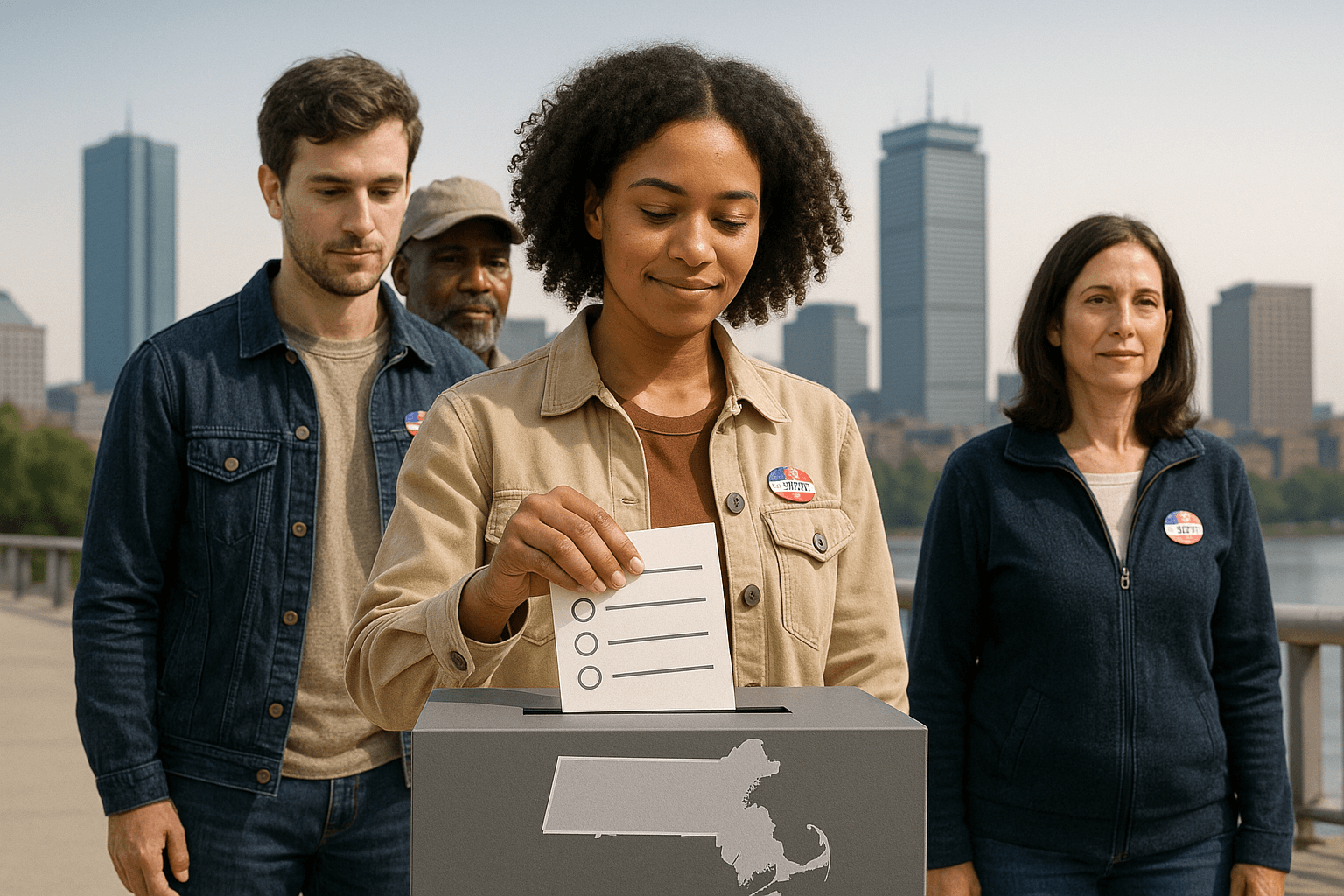Nevada Needs Top-Two Nonpartisan Election Reform

On February 7, 2017, the second day of the biannual Nevada legislative session, State Senator James Settelmeyer (R-Minden) introduced Senate Bill (SB) 103. This bill, if passed and signed by the governor, would replace the state’s closed primary system with a non-partisan, blanket top-two primary. The bill is currently awaiting a hearing in the Senate Legislative Operations and Elections Committee. Whether it gets one is up to the committee chair.
This is the second consecutive session Senator Settelmeyer has introduced a top-two bill. During the 2015 session, the bill was originally filed as a top-three primary with ranked choice voting (RCV) in the general election.
Because of some state constitutional questions about RCV, the bill was modified to a straight blanket primary. That type of system was ruled unconstitutional by the U.S. Supreme Court in Democratic Party v. Jones, so the bill ended up being used for other purposes.
The bill this session is a clean top-two primary election. The top two finishers, regardless of party affiliation, move on to the general election. All voters, regardless of party affiliation, get to vote.
Implementing a top-two system is critical to the future of Nevada politics as more voters are registering as Non-Partisan (independent) or in minor parties such as the Libertarian and Green Parties. These are the only category of voters gaining voter share.
The Democratic and Republican Parties continue to lose voters every month. This is across all demographic sectors -- statewide, large and rural counties, young voters, voters 55 and over, and in each state Senate and Assembly district. Currently, over 27 percent of voters in Nevada are not registered with one of the major political parties -- 21 percent are registered independent.
For younger voters -- those 18 to 34 -- the percentage is 10 percent higher. As more voters cannot vote in the closed primaries, the selection of who will represent all voters is left to a very small section of party loyalists.
The potential for the number of unaffiliated voters to drastically increase above the normal trend is high. One of the priorities for the Democratic caucus, which controls both chambers of the legislature, is to pass automatic voter registration (AVR). A voter initiative collected enough signatures to qualify for the ballot in 2018; however, under the Nevada constitution, the legislature can implement it in the first 40 days of the session.
The AVR bill passed the first committee on February 16, 2017. If voters fail to state a party preference they are automatically registered as Non-Partisan. Without opening the primary election to these voters, one major goal of AVR is ignored: increasing voter turnout.
“[M]aking it easier for our citizens to participate in the democratic process” is a stated goal of the Democratic caucus. Likewise, the Republican caucus says its goal is to “qually protect all Nevadan’s right to vote” and states that “Nevada’s elections should be a model for the rest of the country.”While opening up the primary election process is not specifically stated, it is inferred.
The road to passage, however, is not that simple. Democratic leadership appears to be concerned with what they perceive to be a negative impact on the party. The fact that the party’s right of association is not violated under top-two and that a decrease in negative campaigning and partisan rhetoric could entice voters to return to the party is missed.
Is party more important than protecting the right of all voters to participate in all elections?
What’s my role in all this? I am the founder of the Nevada Election Modernization and Reform Act (NEMRA). Since 2013, I have been working election reform issues and it is through my work that Senator Settelmeyer has introduced both bills. You can read more about my efforts on the NEMRA blog and get detailed updates on the progress of SB 103 on the bill’s blog.
Photo Credit: Niyazz / shutterstock.com



